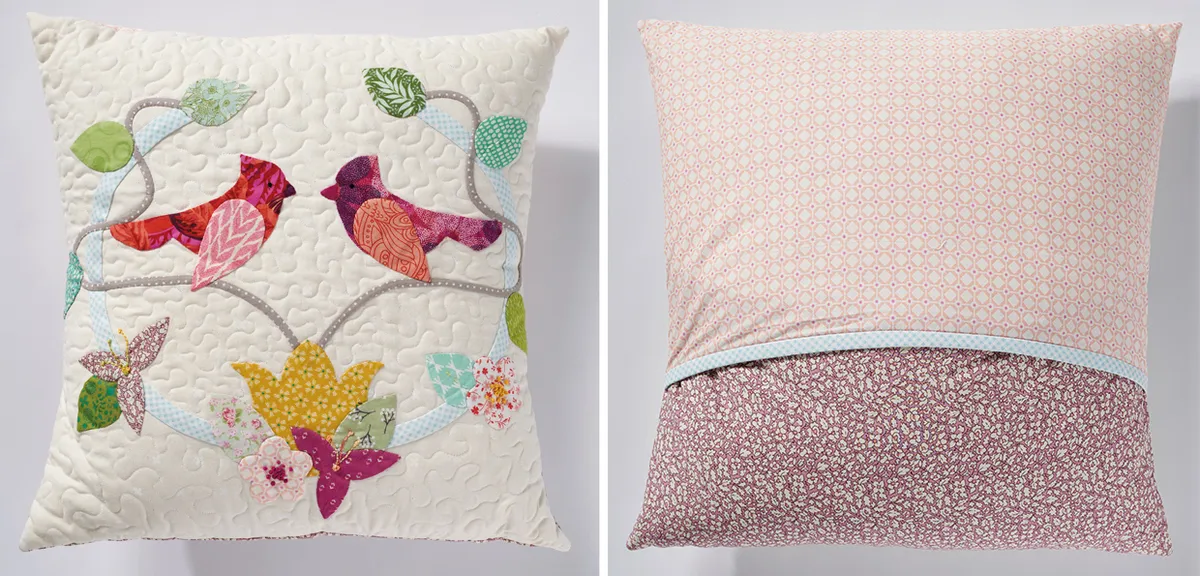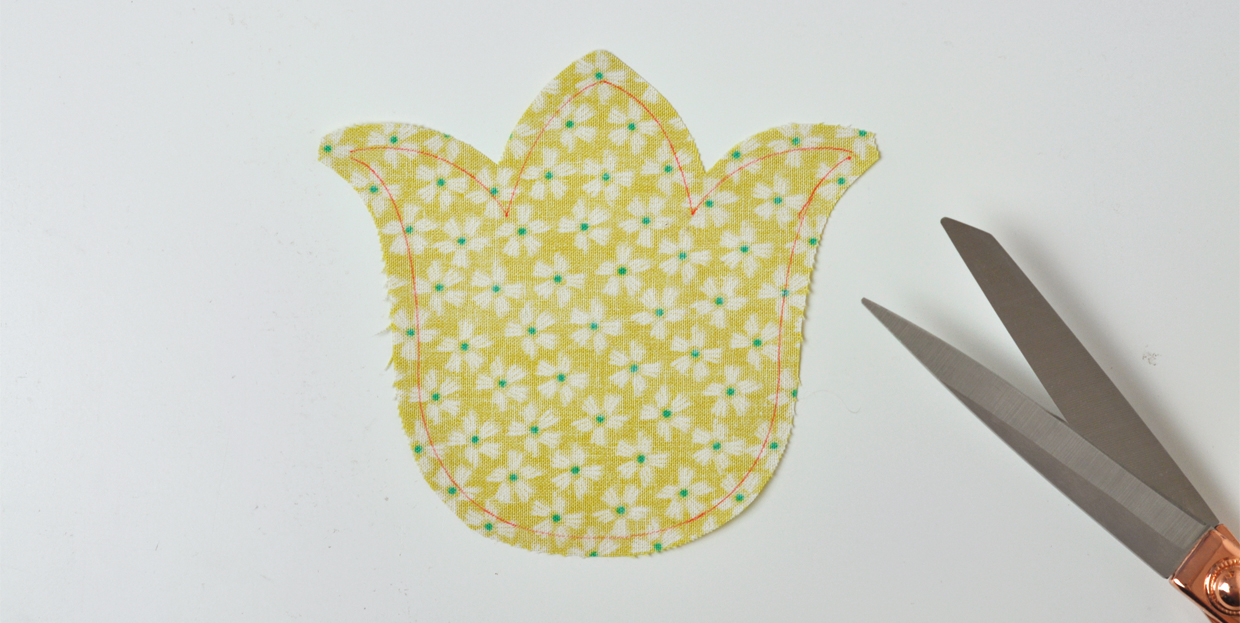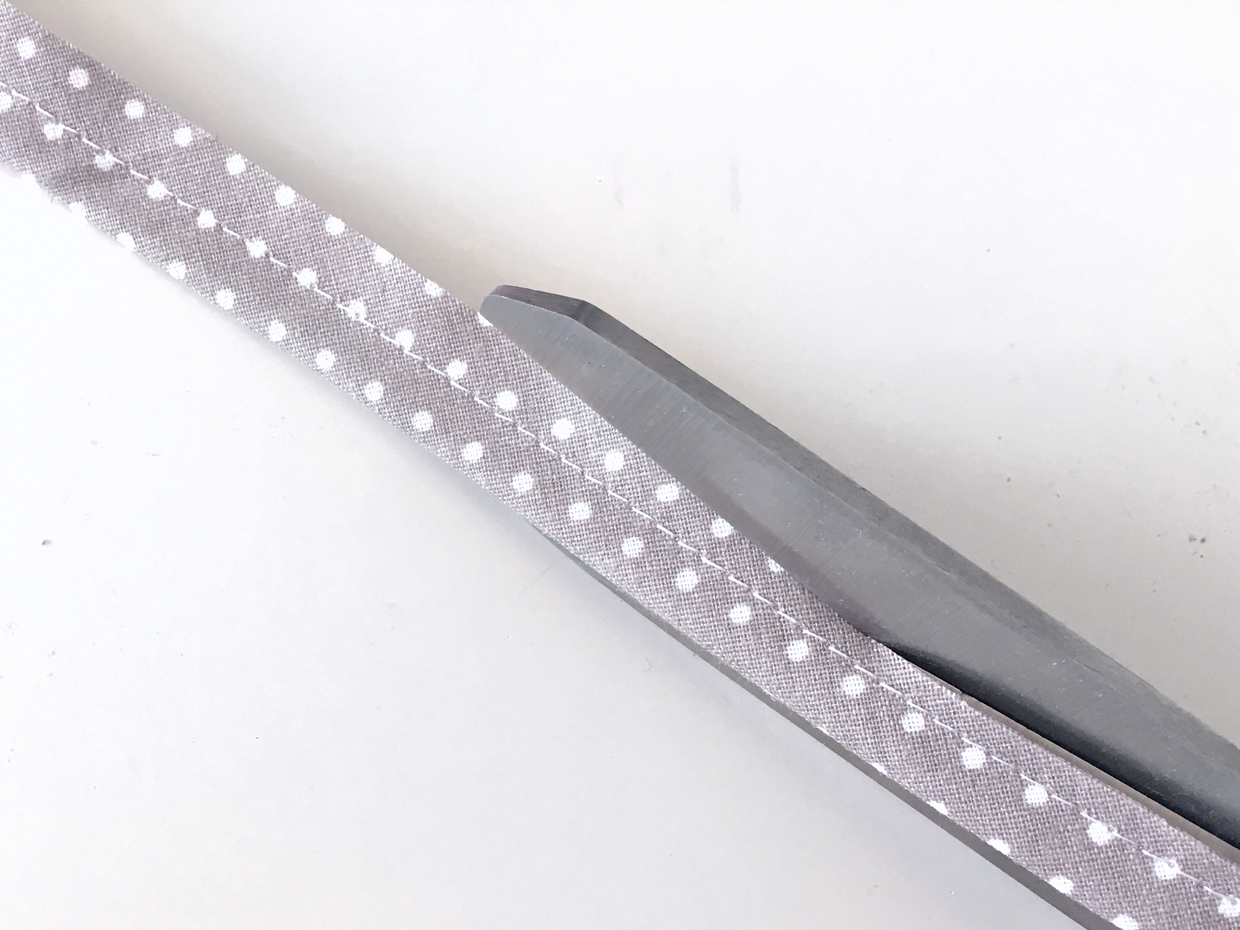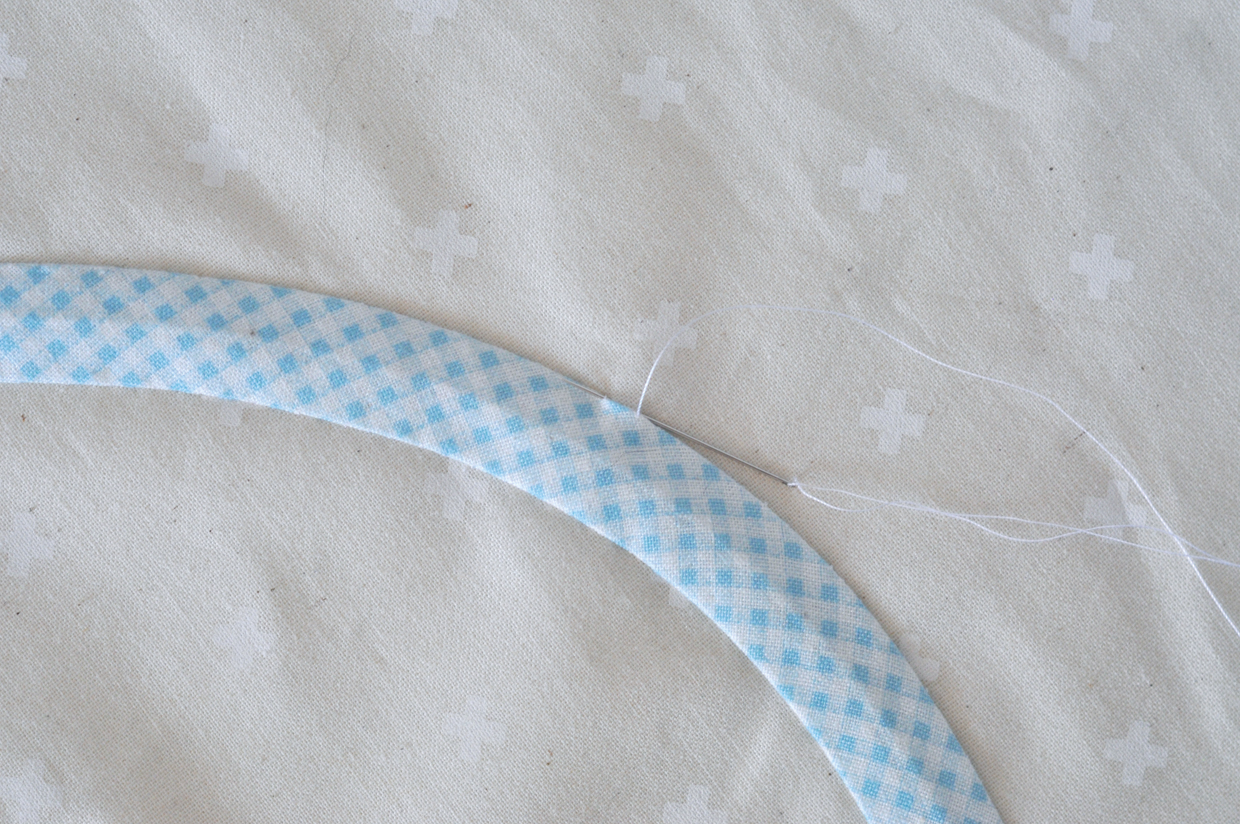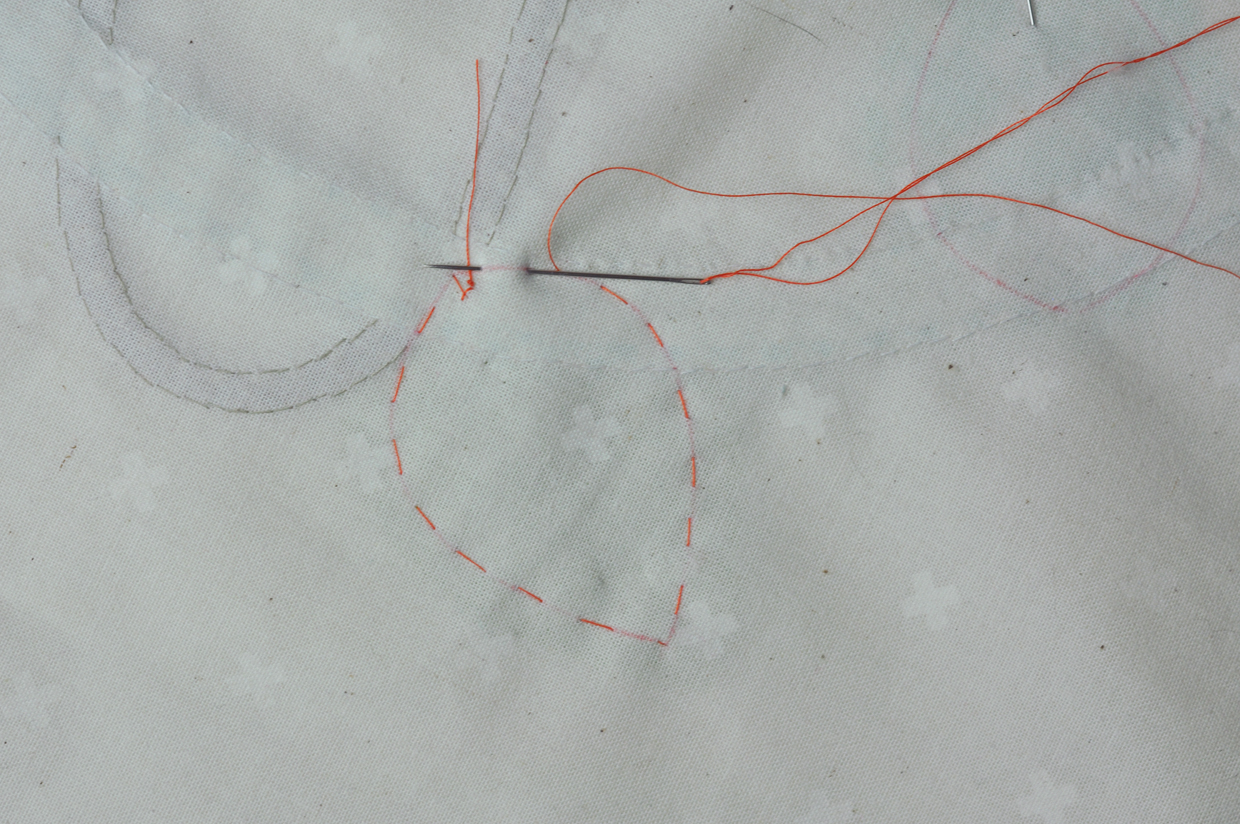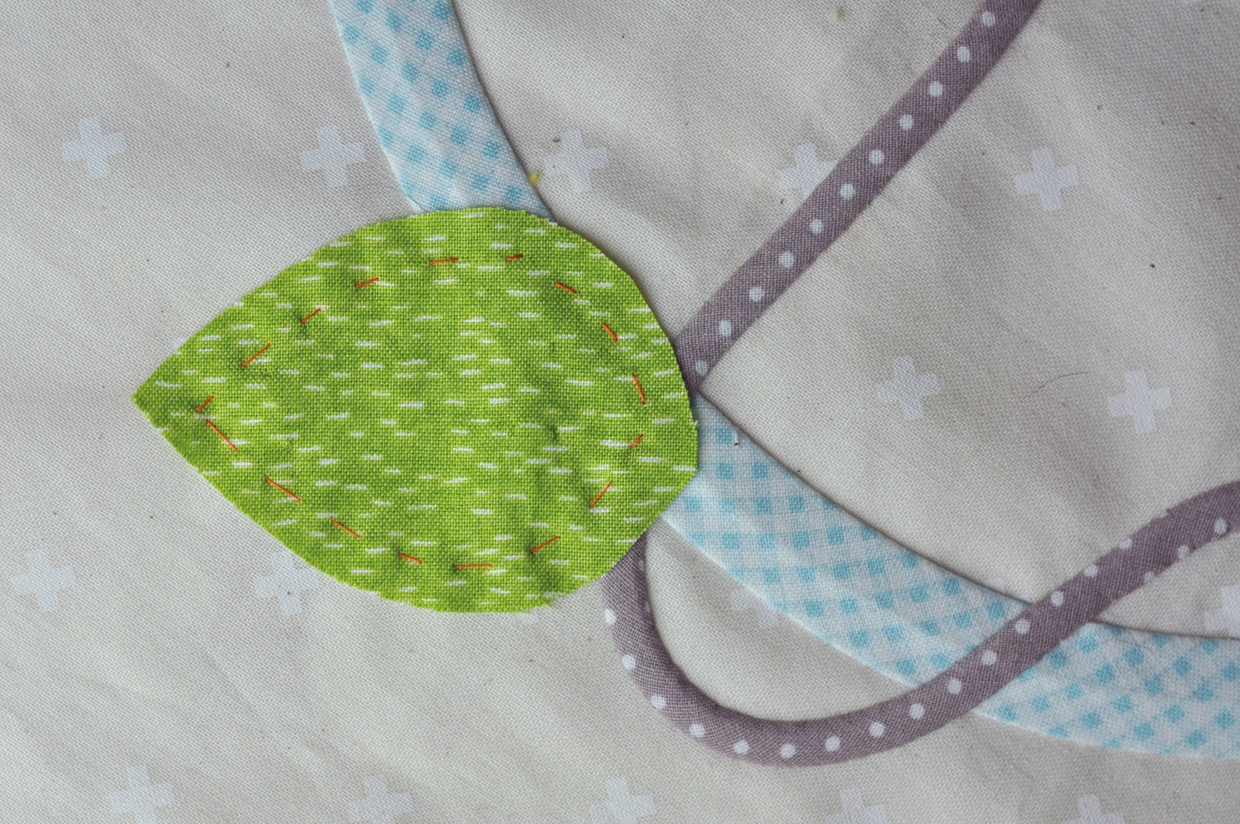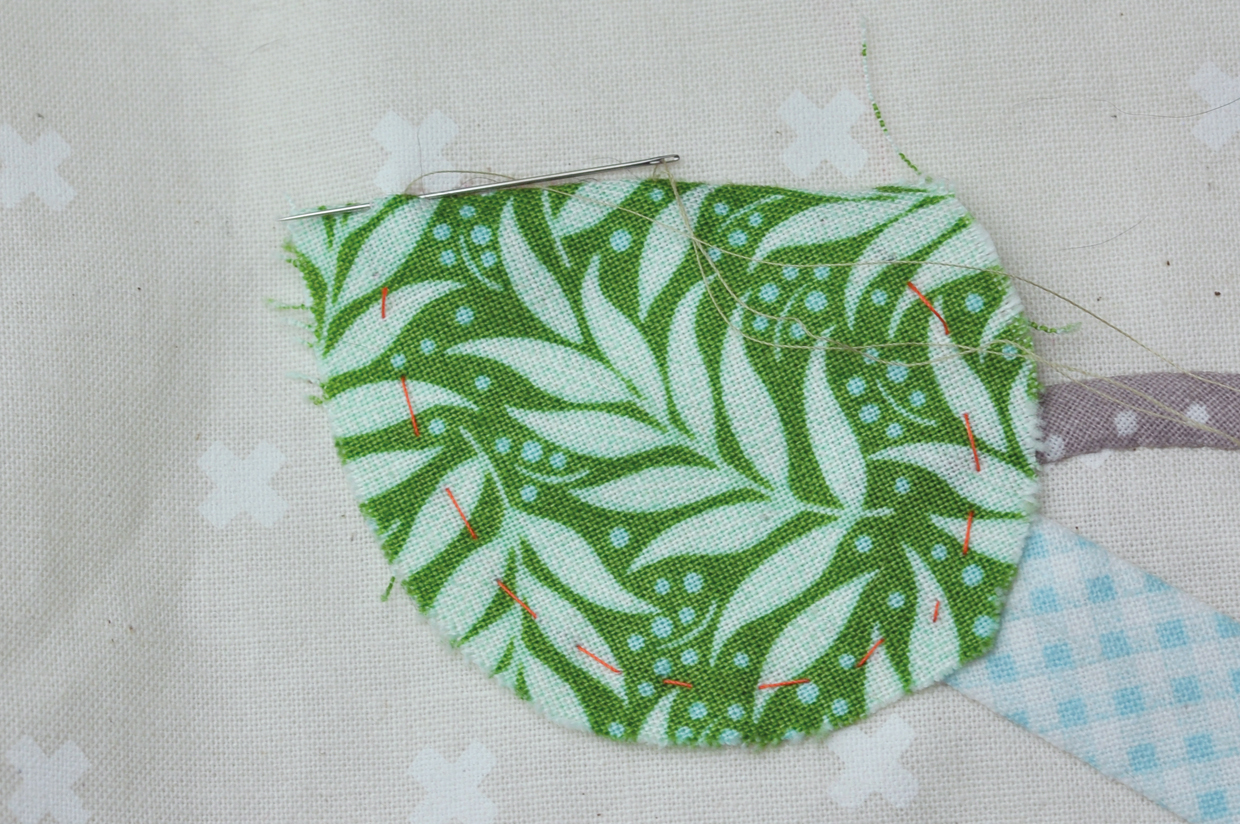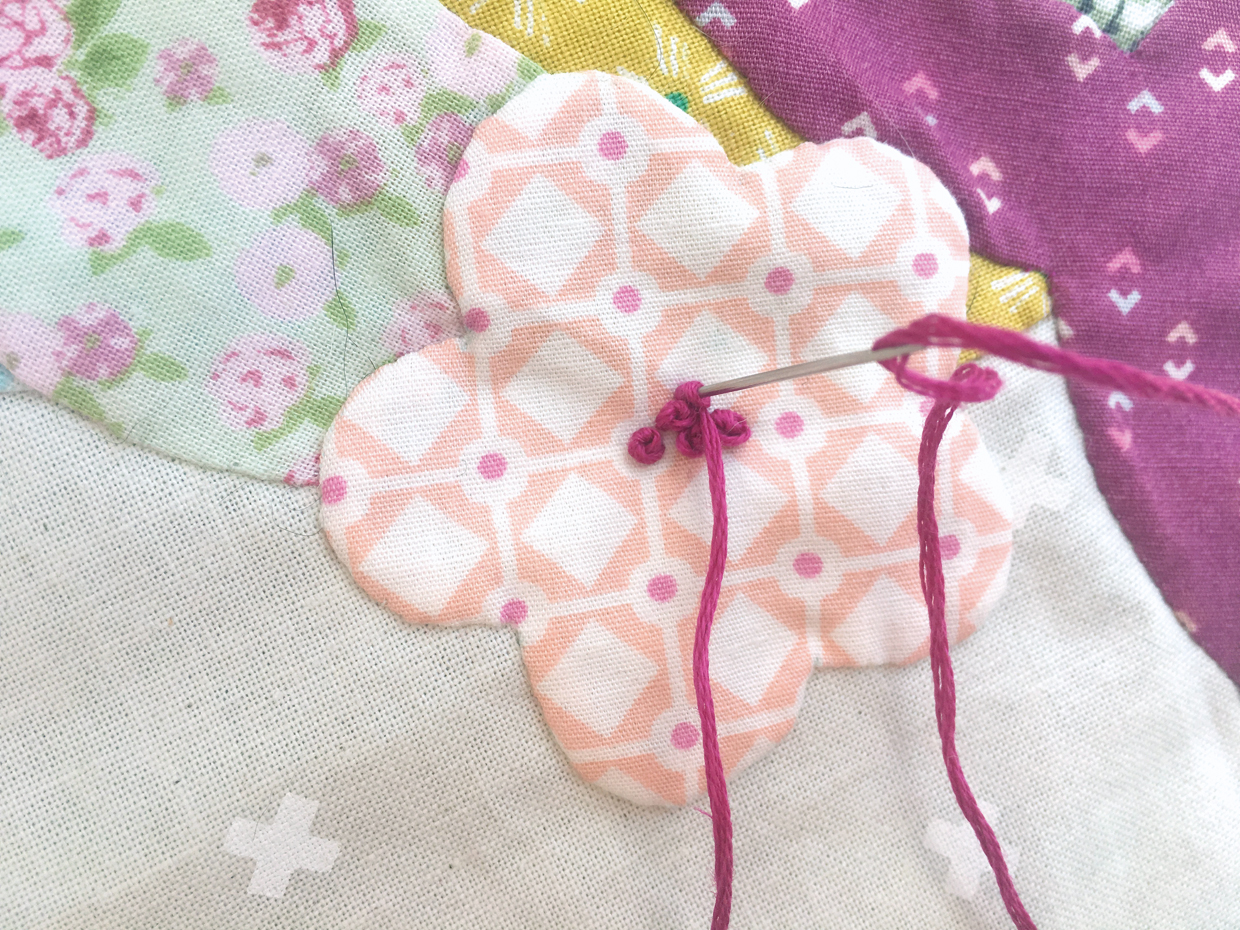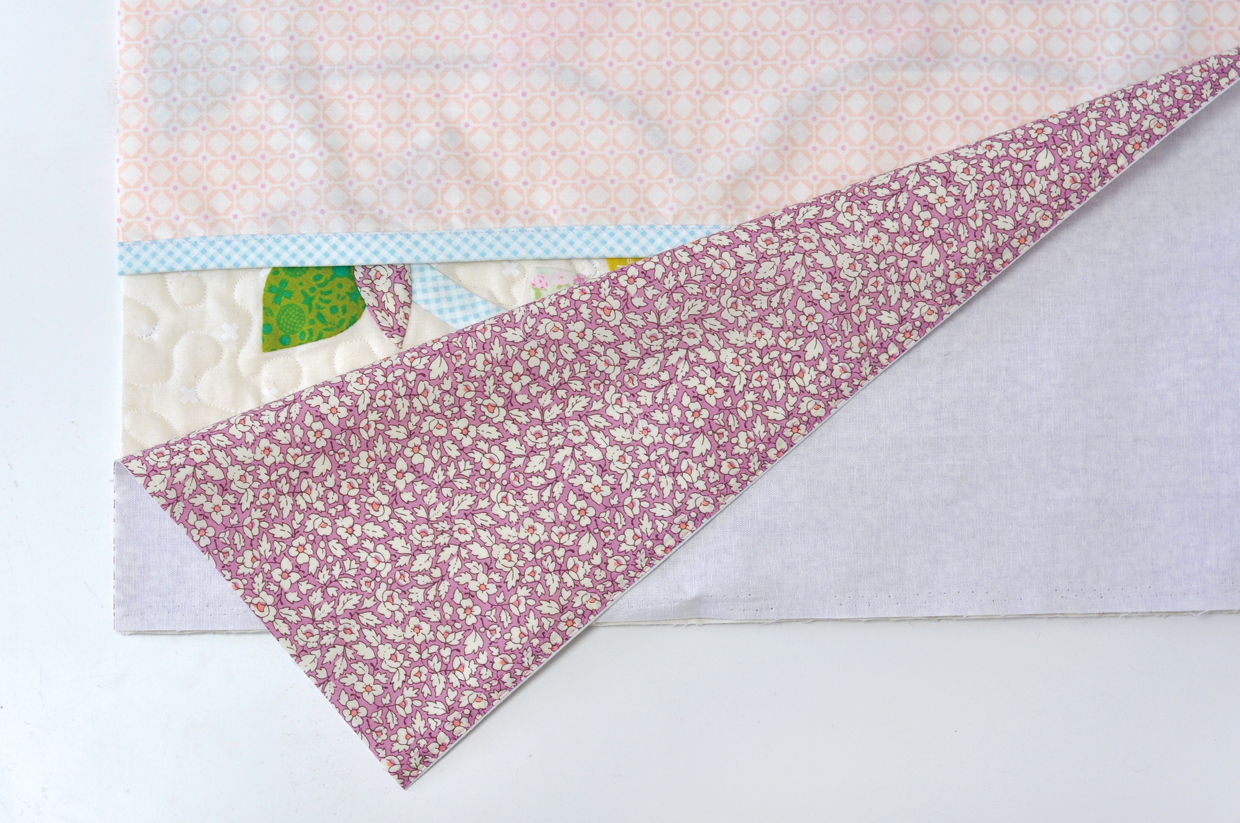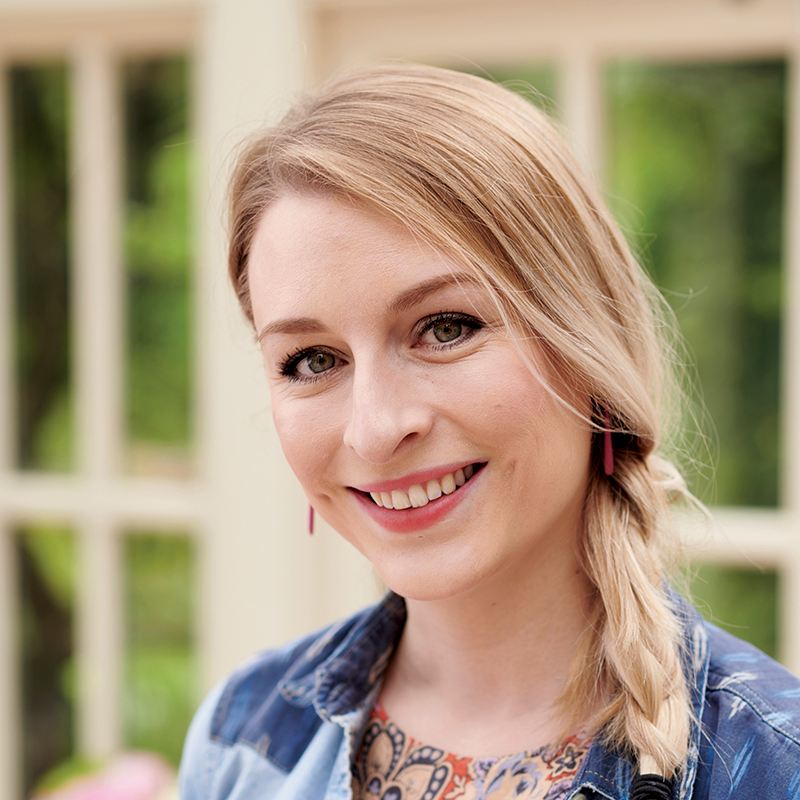Adorn your home with this darling quilted cushion by Laura Pritchard and tell the story of the songbirds, perched neatly atop a colourful nest of delicate appliquéd flora.
You will need
- Background fabric – 20in square
- Batting – 20in square
- Lining fabric – 20in square
- Fabric scraps in assorted colours
- Larger scrap pieces for stems (at least 15in and 20in long across the bias)
- Backing fabric – ½yd
- Thread to tone with fabrics
- Appliqué templates
- 18in cushion pad
Finished size
18in square
Notes
This cushion can be made using raw edge appliqué if you prefer.
You will need to download and print the appliqué templates here
